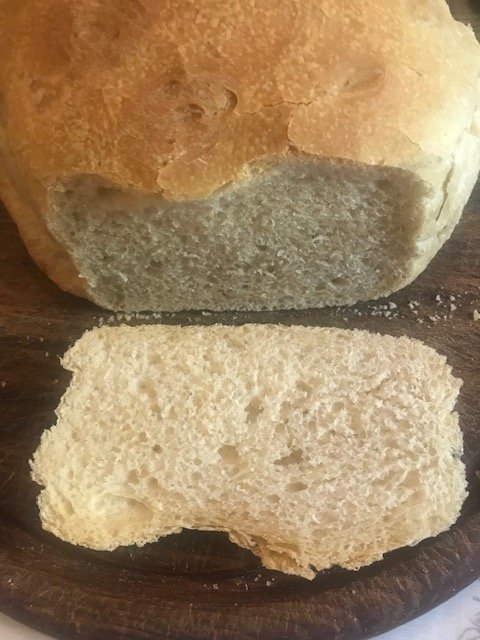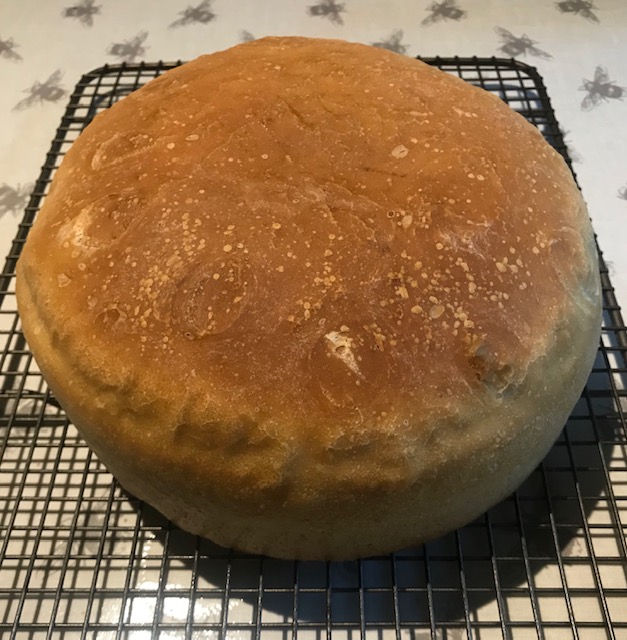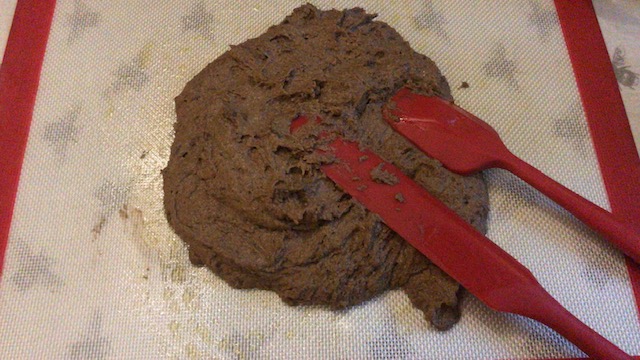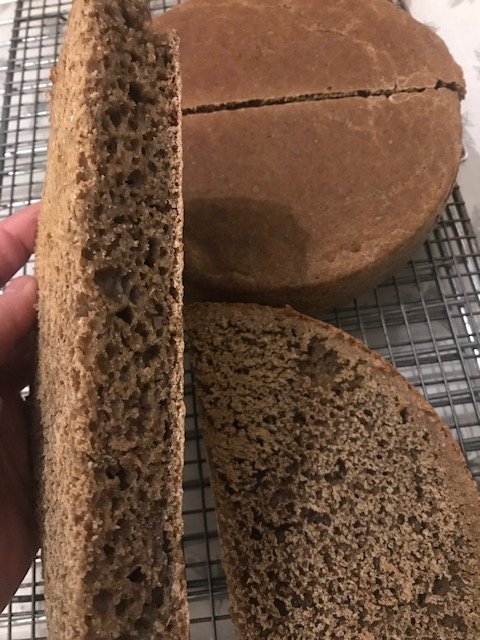Mumathomebrew
Well-Known Member
It's been bothering my brain, and indeed my stomach, that beer drinkers don't seem to mind unclear beers and sediment. Yet coming to beer making from a wine angle, winemakers wouldn't dream of drinking wine sediment or unclear wines.
Is the yeast actually dead? So does it matter?
I decided to put this to the test and poured the sediment from three beers into a glass jug, fed it some flour and left it overnight. Sure enough there were bubbles the next morning, so I fed it some more flat beer and more flour.
As you can see, it was very much alive. It made the smoothest and loveliest bread dough that felt just like velvet. The beer in question had been made from S05 yeast.
Haven't tasted it yet... too hot.
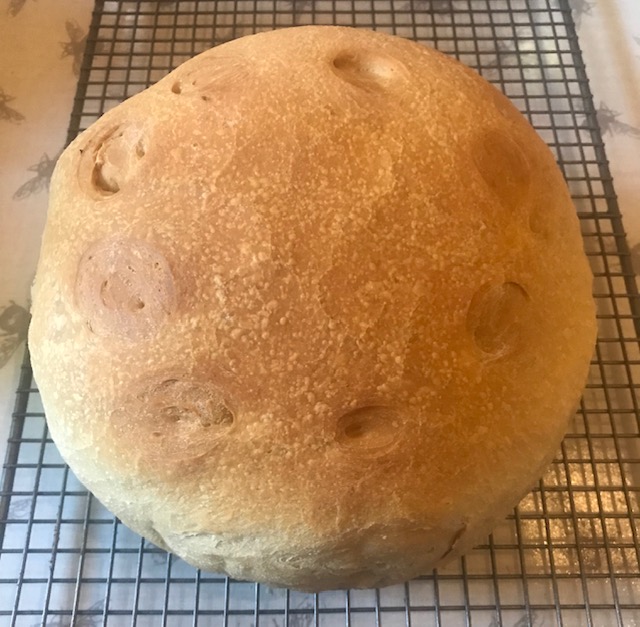
Is the yeast actually dead? So does it matter?
I decided to put this to the test and poured the sediment from three beers into a glass jug, fed it some flour and left it overnight. Sure enough there were bubbles the next morning, so I fed it some more flat beer and more flour.
As you can see, it was very much alive. It made the smoothest and loveliest bread dough that felt just like velvet. The beer in question had been made from S05 yeast.
Haven't tasted it yet... too hot.



